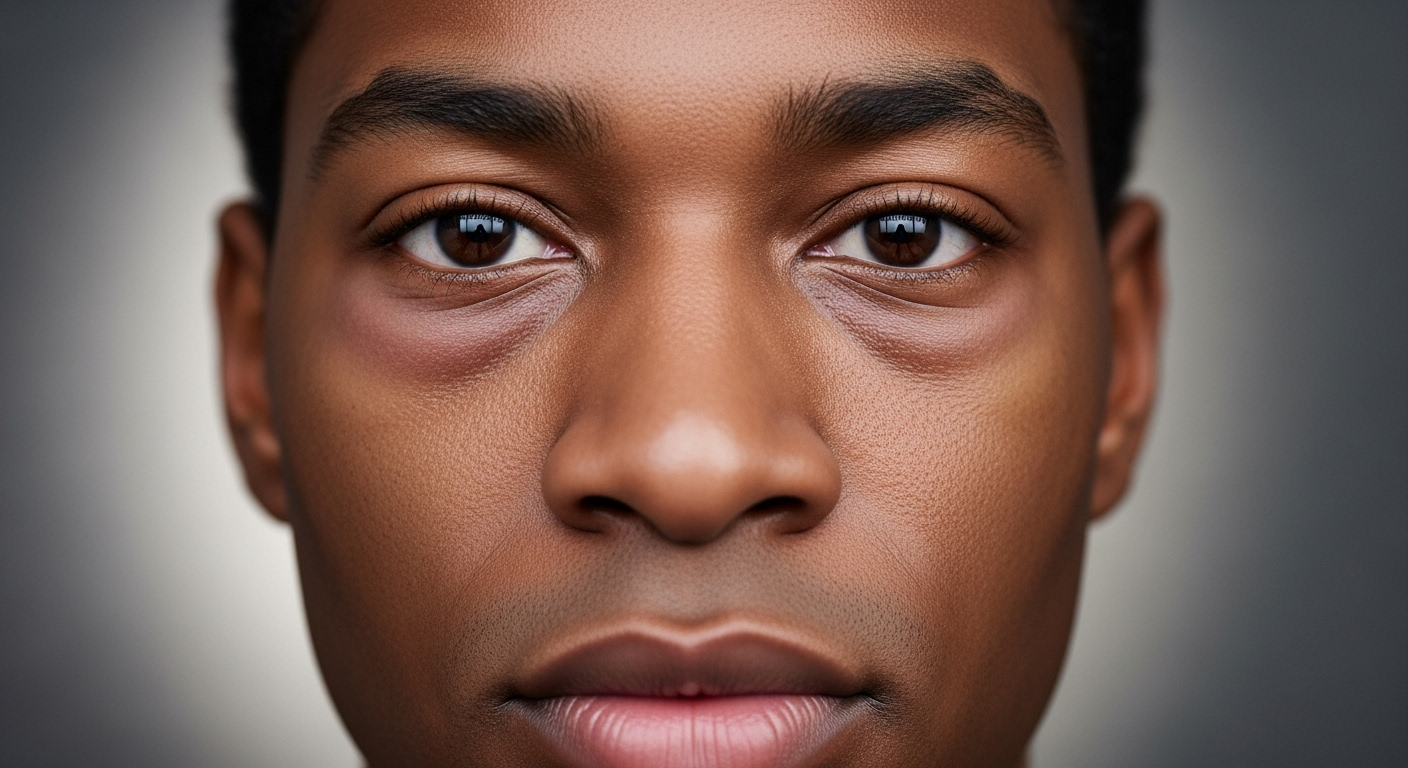Lighting Techniques That Enhance Product Detail on Any Platform
Effective lighting transforms how product detail reads across ecommerce, editorial, and portfolio contexts. This article outlines practical lighting approaches that improve clarity, texture, and color accuracy for a range of formats, from studio stills to drone-captured lifestyle shots.

Good lighting is the foundation of clear product imaging and reliable visuals across platforms. Whether shooting studio images for ecommerce, editorial spreads for print, or portfolio headshots and portraits for personal branding, thoughtful light choices reveal texture, edge definition, and material subtleties. Beyond aesthetic impact, consistent lighting reduces time in editing and retouching by capturing accurate color and contrast at source, improving workflow and making licensing or commercial use more reliable.
How does lighting affect imaging and visuals?
Lighting controls how the camera perceives texture, color, and depth. Directional light emphasizes surface detail through specular highlights and shadows, while diffuse light softens edges and minimizes glare. For product imaging, balance is key: use a primary light to model form and one or two fill sources to restore shadow detail without flattening the subject. Consider color temperature and CRI-rated lamps to maintain accurate hues useful for branding and ecommerce galleries. Consistent lighting profiles also streamline postproduction, reducing the need for heavy editing or retouching.
What studio setups highlight product detail?
Common studio setups include three-point lighting adapted for products: key, fill, and rim. Use a softbox or umbrella for a large, even key that preserves texture, and a reflector or lower-powered fill to control contrast. For small or reflective objects, light tents and micro-spot lighting isolate detail while minimizing hard reflections. For lifestyle or drone shots, combine controlled on-camera lighting with available sunlight and modify with diffusers or flags. Selecting the right modifiers and distances preserves fine details like stitching, grain, or tooling that are important for product pages and editorial captions.
How can composition improve product and portrait shots?
Composition complements lighting by directing attention to the most informative parts of a product or portrait. Use shallow depth of field selectively: for textiles or intricate components, a deeper focus preserves overall detail; for headshots or editorial portraits, controlled bokeh separates subject from background while keeping facial features sharp. Frame to show functional features and branding elements—logos, closures, texture seams—so viewers can quickly assess quality. Negative space, leading lines, and consistent horizons in drone or lifestyle frames help maintain visual coherence across platforms.
Which lighting choices support ecommerce and editorial needs?
Ecommerce photography demands clarity and color accuracy for thumbnails and zoom views, so prioritize even lighting and neutral backgrounds with minimal color cast. Editorial work often permits moodier, directional setups that emphasize story over neutral rendering; still, retain accurate detail by balancing contrast and highlight roll-off. For catalog or product grids, maintain a consistent lighting recipe to support brand unity and easy retouching. Integrating headshot or portrait lighting recipes into a broader brand shoot keeps visual identity consistent across profiles, advertising, and product listings.
How do retouching and editing preserve captured detail?
Good retouching enhances rather than invents detail. Start with high-quality captures that minimize noise and maximize dynamic range; that reduces heavy-handed editing. Use nondestructive editing tools to correct color, recover shadow or highlight detail, and sharpen selectively on edges where texture matters. Avoid over-smoothing that erases material cues. Maintain original files and follow a clear postproduction workflow for versioning, licensing, and delivery. Consistent naming and metadata practices also streamline licensing checks and reuse across platforms.
How do workflow, licensing, and postproduction interact with lighting?
A predictable lighting approach speeds throughput and simplifies licensing decisions because images meet technical standards for reproduction. Standardized white balance, exposure, and lighting angles reduce back-and-forth during client review and minimize costly reshoots. When shooting for portfolios, editorial spreads, or ecommerce catalogs, embed clear usage rights and model releases at capture time to avoid licensing complications. Efficient workflow ties capture settings to editing presets so retouching and postproduction deliver consistent output for web, print, and social formats without compromising fine product detail.
In summary, deliberate lighting choices—paired with thoughtful composition and a disciplined editing workflow—are essential to presenting product detail consistently across platforms. Whether working in a studio, capturing lifestyle scenes with a drone, or producing headshots and portraits for personal branding, prioritize accurate light, measured modifiers, and nondestructive postproduction to preserve texture, color, and form for every use case.






